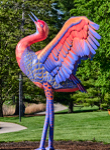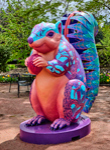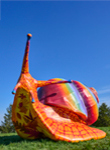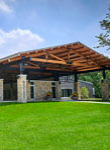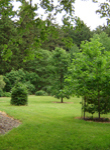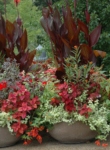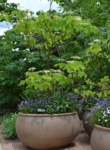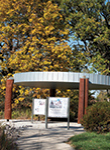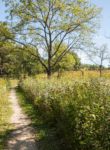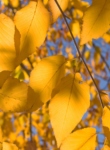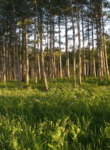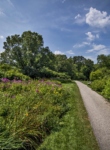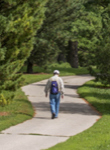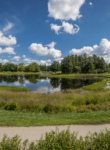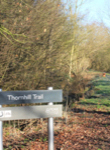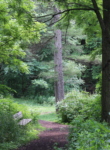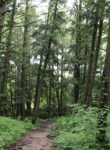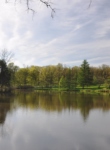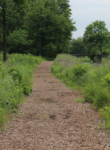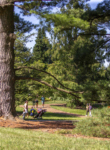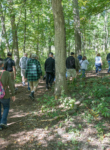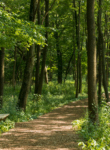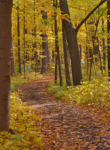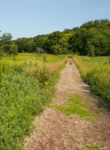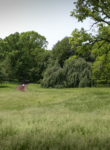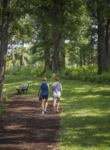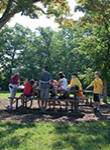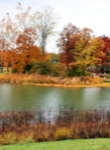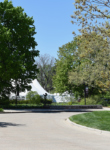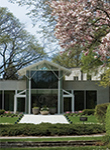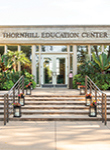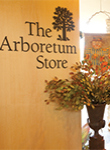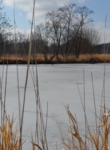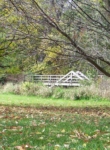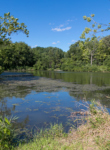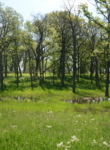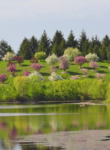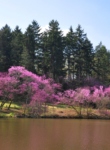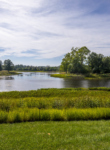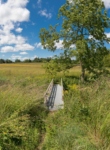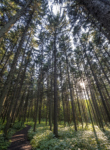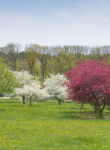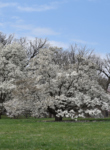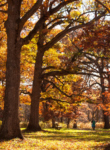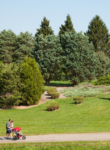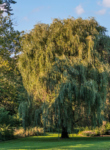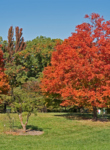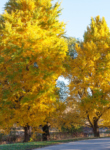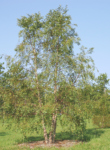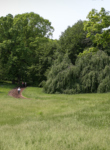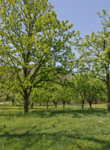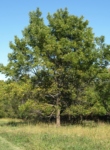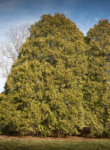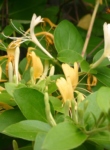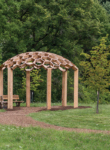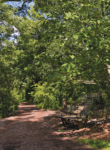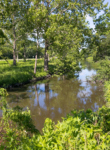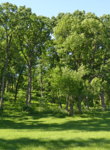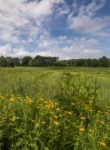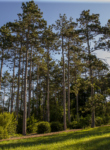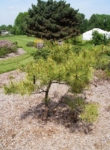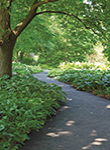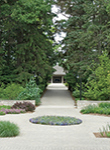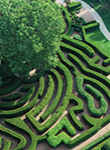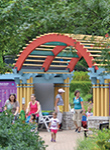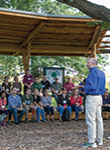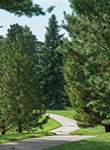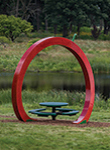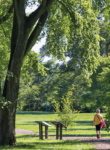Common buckthorn is an exotic weed in Illinois. The Illinois Exotic Weed Act prohibits the sale or distribution of this plant in Illinois. This shrub spreads by seed, which is dispersed through consumption by animals. It commonly grows in forests, but can also grow in grasslands, riparian areas, and disturbed sites. It originated in Eurasia, and was introduced to the United States as an ornamental, and today is found across most states in the United States.
Common buckthorn is also an invasive species. An invasive plant is a plant species that is non-native to the location being considered and whose presence and spread negatively impacts (or is likely to impact) ecological, economic or human health. Common buckthorn should not be planted because it can form dense, spreading vegetative thickets that restrict other plants’ access to the sunlight, nutrients, and space that they need for growth. This reduces biodiversity and habitat availability. Data collected at The Morton Arboretum show that this tree is invasive on the Arboretum grounds.
As an alternative, common chokecherry (Prunus virginiana) is a good option for its similar appearance and size. There are a number of native and non-native species that could be used in place of common buckthorn. More desirable species may be found using the online Search Trees and Plants page of the Arboretum website. Before purchasing or planting, be sure to check for any local or state guidelines on these species, and ensure that the plant is suitable for its habitat by checking its attributes at mortonarb.org or plants.usda.gov.
- Family (English) Buckthorn
- Family (botanic) Rhamnaceae
- Tree or plant type Tree, Shrub
- Foliage Deciduous (seasonally loses leaves)
- Native locale Non-native
- Size range Large shrub (more than 8 feet), Compact tree (10-15 feet), Small tree (15-25 feet)
- Light exposure Full sun (6 hrs direct light daily), Partial sun / shade (4-6 hrs light daily), Full shade (4 hrs or less of light daily)
- Hardiness zones Zone 3, Zone 4, Zone 5 (Northern Illinois), Zone 6 (City of Chicago), Zone 7
- Soil preference Acid soil, Alkaline soil, Dry soil, Moist, well-drained soil, Wet soil
- Drought tolerance Tolerant
- Other tolerances Alkaline soil, Dry sites, Road salt, Wet sites
- Flower color and fragrance Inconspicuous, Orange
- Shape or form Multi-stemmed, Round
- Growth rate Fast, Moderate
